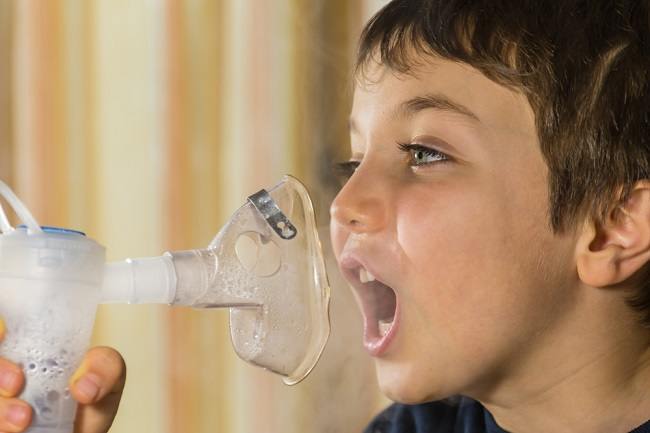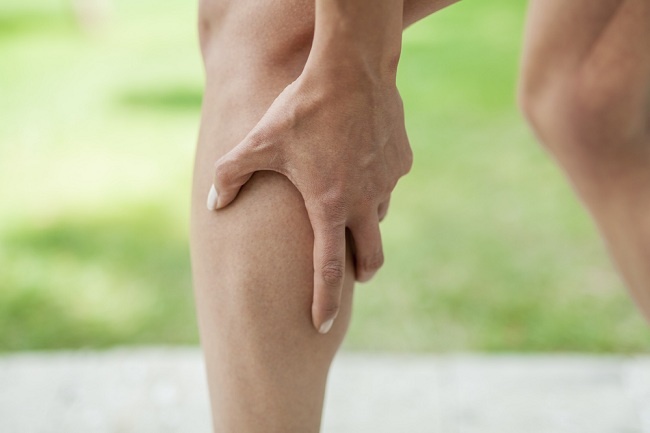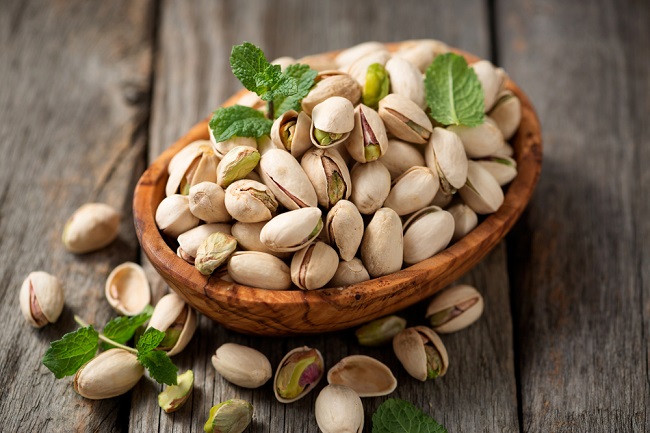Cysticercosis is an infectious disease caused by larvae(cysticerci) Tapeworm Taenia solium, namely worms that live in the body of pigs.The larvae of this worm will infect and damage the skin, muscles, eyes, and brain tissue.
Symptoms of cysticercosis usually only appear a few days, months, or years after infection. Symptoms depend on the site of infection and the number and size of the cysts formed by the tapeworm larvae.

Causes of Cysticercosis
Cysticercosis is caused by infection with larvae (cysticerci) Tapeworm Taenia solium. These worms often live in the body of pigs. In addition to the larval form, the adult form of this worm can also infect humans and cause taeniasis. Generally, taeniasis occurs in the intestine.
When experiencing taeniasis, the eggs produced by adult tapeworms will be excreted through the feces and contaminate the soil and surrounding water. If the tapeworm eggs are eaten by humans (fecal-oral), develop into larvae, and then infect body tissues, such as skin, muscles, eyes, and brain, this condition is called cysticercosis.
Contamination of tapeworm eggs in soil and water can also infect pigs and develop into larvae in the pig's body. A person who eats pork infected with tapeworms is at risk for taeniasis.
There are several factors that can increase the risk of cysticercosis, namely:
- Consuming food or drink contaminated with tapeworm eggs
- Eating fruits and vegetables grown with fertilizer from human feces
- Putting a finger that has been contaminated with worm eggs into the mouth
- Have the habit of not washing hands after using the toilet
- Living with taeniasis sufferers
- Living in an endemic area of cysticercosis
Symptoms of Cysticercosis
Cysticercosis rarely causes symptoms. Symptoms of cysticercosis will generally only appear when the worm larvae grow and develop in certain body parts and form cysts. Symptoms that appear depend on the location and number of cysts that form.
Cysticercosis of the muscles usually causes no symptoms, but the cysts that form can sometimes cause hard, painful lumps under the skin. Cysticercosis of the eye can cause complaints in the form of decreased visual acuity, pain, and repeated redness of the eye.
Cysticercosis of the central nervous system (brain and spinal cord) is called neurocysticercosis. Some of the symptoms of neurocysticercosis are:
- Recurrent seizures
- Paralysis, tremors, or numbness
- Headache
- Decreased visual function
- Throw up
- Loss of consciousness
- Decreased sublime (cognitive) function or dementia
- stroke
- hydrocephalus
- Brain swelling or cerebral edema
In addition, neurocysticercosis also causes back pain, pelvic pain, sexual dysfunction, difficulty holding bowel movements and urination, difficulty walking, and balance disorders.
When to go to the doctor
Immediately consult a doctor if you experience the complaints mentioned above, especially if you experience symptoms of neurocysticercosis. Early examination and treatment is needed to prevent complications.
If you have been diagnosed with cysticercosis, have regular checkups according to the schedule given by your doctor. If you are at risk of developing cysticercosis, check with your doctor early.
Diagnosis of cysticercosis
To diagnose cysticercosis, the doctor will ask questions about the symptoms and complaints experienced by the patient, as well as the patient's medical history, travel history, and food consumed.
Next, the doctor will perform a physical examination, including an examination of the eyes with an ophthalmoscope, examination of lumps that appear under the skin, and examination of nerves.
To confirm the diagnosis, the doctor will perform supporting examinations in the form of:
- Scan with CT scan or MRI, to detect the presence of cysts and see the size of the cyst
- Blood tests, to assess the level and number of blood cells, liver function, and detect antibodies formed due to infection cysticerci in the body
- Stool examination, to detect tapeworm eggs in the stool
- Biopsy or tissue sampling, to detect the presence or absence of cysts in the tissue
Cysticercosis Treatment
Treatment of cysticercosis aims to relieve symptoms, treat tapeworm larvae infection, and prevent complications. The treatment given will be tailored to the symptoms that arise, as well as the location, number, and size of the cyst.
Here are some treatments that will be done by doctors to treat cysticercosis:
Giving omedicine
There are several drugs that can be given to relieve the symptoms of cysticercosis, including:
- Antihelmintic drugs, such as albendazole, to kill live tapeworm larvae
- Anticonvulsant drugs, such as carbamazepine and phenytoin, to treat seizures
- Anti-inflammatory drugs, such as corticosteroids and methotrexate, to reduce inflammation that can cause cerebral edema and vasculitis
Operation
In some cases of cysticercosis, surgical removal of the cyst may be performed to relieve symptoms. If cysticercosis causes hydrocephalus, surgical insertion VP shunt can also be done.
Complications of Cysticercosis
Some of the complications that can occur due to cysticercosis are:
- Visual disturbance
- Cognitive impairment
- Brain swelling
- Vasculitis
- hydrocephalus
- Meningitis
- Epilepsy
- Brain herniation
- Paralysis
- stroke
- Coma
- Death
Prevention of Cysticercosis
To prevent cysticercosis, there are several ways that can be done, namely:
- Wash your hands with soap and water, especially after using the toilet, changing diapers, and before eating or cooking food.
- Wash and peel vegetables and fruits before eating.
- Keep clean and make sure the food and drinks consumed are cooked thoroughly, especially when traveling to places that have high cases of taeniasis or cysticercosis.
- Avoid consuming animal meat that can be a place for these worms to live, such as pork.









